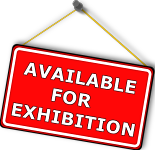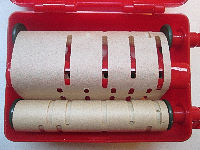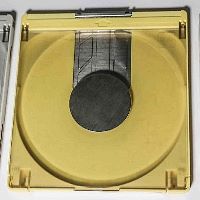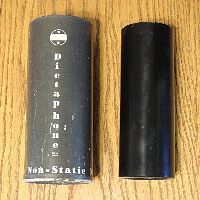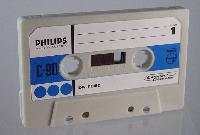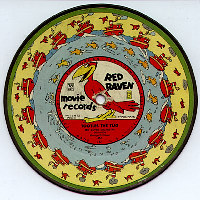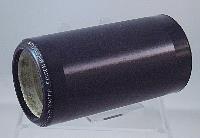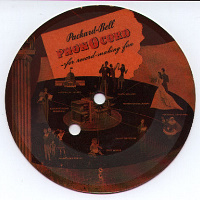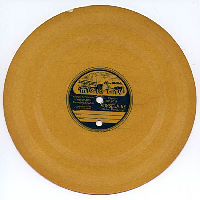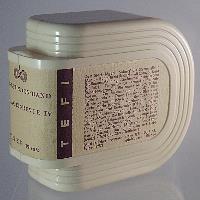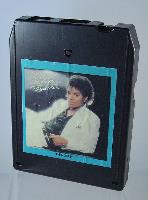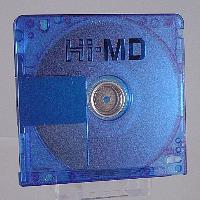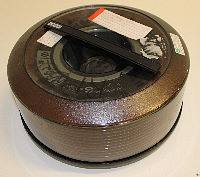The theme of the proposed museum is a history of data recording formats – any devices on which audio, video and computer data could be stored and played back from, such as records, cassettes, cartridges, disks, rolls, cylinders, etc.. The exhibition would cover recording formats of the last century, from music box disks and tinfoil to today’s flash cards. The collection is focused on the actual media, but also contains some vintage music toys, recording/playing machines, advertisement posters and curious accessories.
AUDIO / VIDEO
- Music box rollers, disks and piano rolls of all kinds.
- Phonograph wax cylinders and early gramophone records.
- Open reels, cassettes, cartridges, disks, belts, etc. of all kinds.
- Collection of vintage music toys, capable of playing interchangeable recordings.
COMPUTER MEDIA
- Various punch tapes and punch cards.
- Tape reels, calculator strips.
- Vintage hard drives.
- Magnetic and optical disks of many kinds.
- Game and program cartridges.
- EPROM chips.
And, of course,
RECORDS,
which take the biggest portion of the collection:
Even though the records have dominated the world for nearly a century and are still well recognizable today, people usually don’t even suspect how diverse and interesting they could be.
- Records of different diameters, ranging from tiny 5cm to gigantic 40cm.
- Shaped disks, picture and laser engraved disks.
- Records of all rainbow colors (solid, split and splash).
- Records made from different materials: shellac, vinyl, plastic, paper,
steel, precious metals and even filled with liquid.
- Flexible records, records on postcards and photographs.
- Records with various speeds and groove types:
mono, binaural, stereo, quadraphonic, parallel and locked.
Some of the highlights include:
- Audio records which can also play short animations.
- Self-amplified records that can be played by hand.
- Records that play backwards or can play tracks randomly.
- Audio records which store computer programs.
- Magazines and children books playable on a turntable.
- Playable postal stamps.
- Records which glow in the dark.
- World’s first recordable (blank) metal records.
- Illegally made records “on bones” from the Soviet underground.
- Audio/video cassettes, cartridges and reels that can play endlessly.
